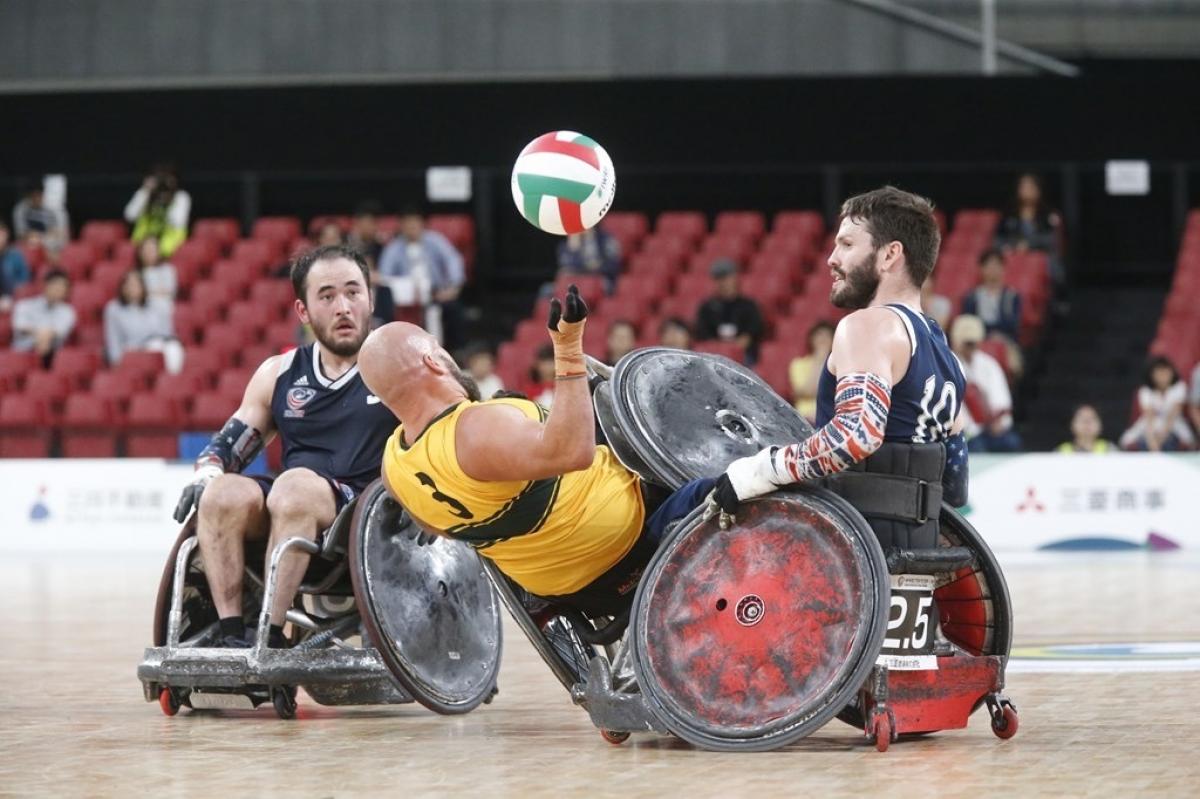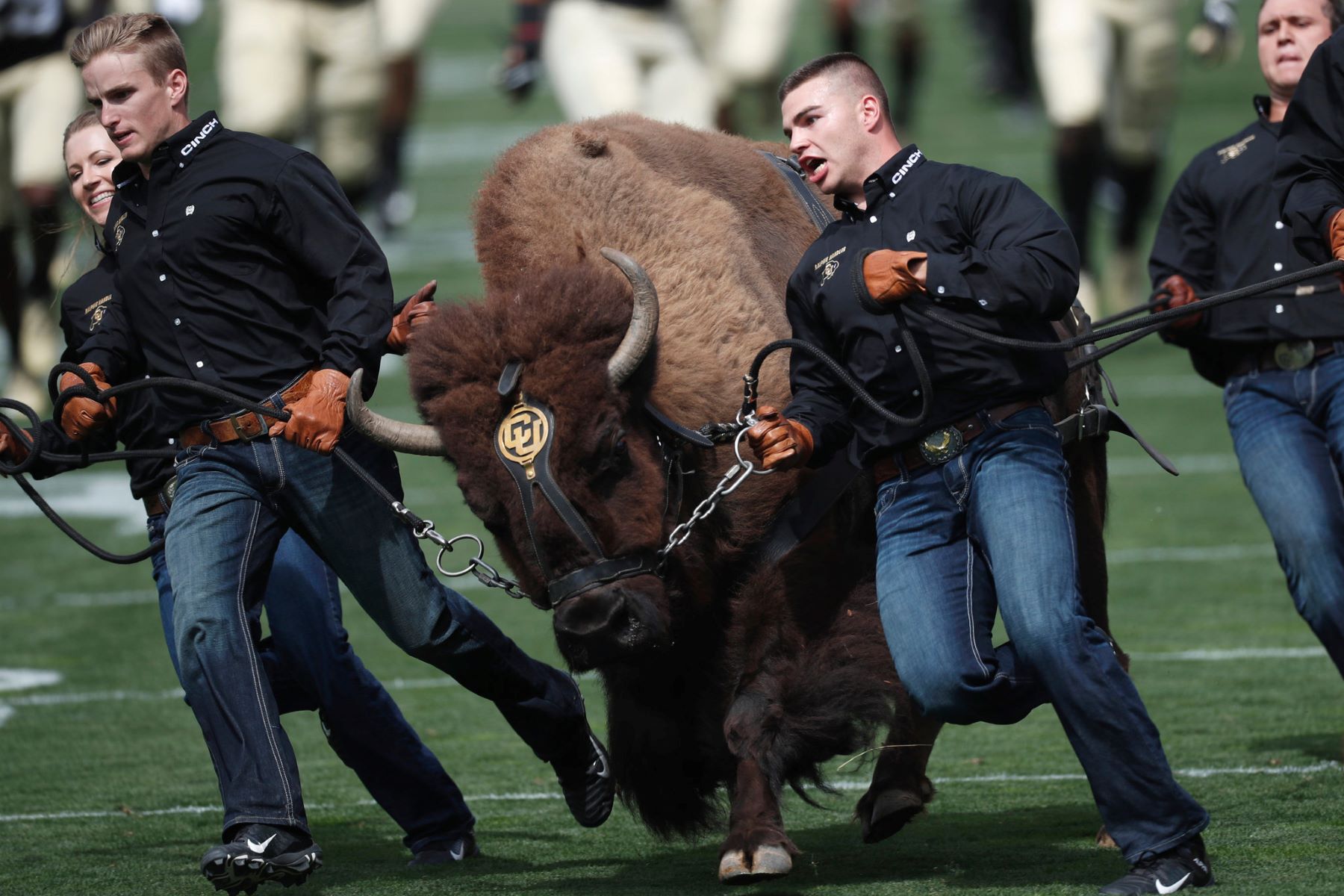
Wheelchair rugby is a thrilling, fast-paced sport that combines elements of rugby, basketball, and handball. Invented in 1977 in Canada, it was initially called "murderball" due to its intense physical nature. This sport is played by athletes with disabilities, primarily those with quadriplegia. Wheelchair rugby made its Paralympic debut in 2000 at the Sydney Games, capturing the hearts of fans worldwide. The game is played on a basketball-sized court with four players per team, aiming to carry a ball across the opponent's goal line. Players use specially designed wheelchairs built for speed and impact. Wheelchair rugby is not just about physical strength; it requires strategy, teamwork, and quick thinking. Whether you're a sports enthusiast or new to adaptive sports, these 20 facts will give you a deeper appreciation for this incredible game.
What is Wheelchair Rugby?
Wheelchair rugby, also known as "Murderball," is a fast-paced, full-contact sport designed for athletes with disabilities. Combining elements of rugby, basketball, and handball, it offers thrilling action and intense competition.
-
Invented in Canada: Wheelchair rugby originated in Winnipeg, Manitoba, in 1977. It was created by a group of quadriplegic athletes who wanted an alternative to wheelchair basketball.
-
Mixed-Gender Teams: Both men and women compete on the same teams, making it one of the few mixed-gender sports at the Paralympic level.
Rules and Gameplay
Understanding the rules and gameplay is essential to appreciate the sport's complexity and excitement.
-
Four-Player Teams: Each team consists of four players on the court at any given time. Substitutions are allowed throughout the game.
-
Point System: Players score points by carrying the ball across the opposing team's goal line. Each goal is worth one point.
-
40-Minute Games: Matches are divided into four 8-minute quarters, with a 5-minute halftime break.
-
Wheelchair Contact: Unlike many other sports, wheelchair contact is not only allowed but encouraged. Players use their chairs to block, hold, and hit opponents.
Equipment and Classification
The equipment and classification system ensure fair competition and player safety.
-
Specialized Wheelchairs: Players use custom-built wheelchairs designed for durability and maneuverability. These chairs often have reinforced frames and spoke protectors.
-
Classification System: Athletes are classified based on their functional abilities, with classifications ranging from 0.5 to 3.5 points. Teams must have a combined classification of 8.0 points or less on the court.
-
Protective Gear: Players wear gloves and padded clothing to protect themselves during the intense physical contact.
International Competitions
Wheelchair rugby has grown into a global sport with numerous international competitions.
-
Paralympic Sport: Wheelchair rugby made its Paralympic debut at the 2000 Sydney Games and has been a staple ever since.
-
World Championships: The International Wheelchair Rugby Federation (IWRF) organizes the Wheelchair Rugby World Championships every four years.
-
Invictus Games: The sport is also featured in the Invictus Games, an international adaptive multi-sport event created by Prince Harry.
Training and Strategy
Training and strategy play crucial roles in a team's success on the court.
-
Intense Training: Athletes undergo rigorous training regimes, including strength, conditioning, and skill drills.
-
Team Strategy: Teams develop complex strategies involving offensive plays, defensive setups, and quick transitions.
-
Communication: Effective communication is vital. Players constantly talk to each other to coordinate movements and plays.
Impact and Community
Wheelchair rugby has a significant impact on the lives of its athletes and the broader community.
-
Empowerment: The sport empowers athletes with disabilities, providing them with a sense of achievement and belonging.
-
Community Support: Many local and national organizations support wheelchair rugby, offering resources, funding, and training opportunities.
-
Inspiration: Wheelchair rugby athletes often serve as role models, inspiring others with disabilities to pursue sports and other activities.
-
Media Coverage: Increased media coverage has helped raise awareness and popularity of the sport, bringing it to a wider audience.
-
Inclusive Environment: The sport fosters an inclusive environment where athletes of all abilities can compete and thrive.
The Final Whistle
Wheelchair rugby isn’t just a sport; it’s a testament to human spirit and resilience. From its roots in Canada to its global presence today, this game has inspired countless individuals. Players, often overcoming significant physical challenges, demonstrate incredible strength, strategy, and teamwork. The sport’s unique blend of rugby, basketball, and handball elements makes it thrilling to watch and even more exciting to play.
Understanding the rules, the history, and the dedication of its athletes gives a deeper appreciation for wheelchair rugby. It’s more than just a game; it’s a community that fosters inclusivity and empowerment. Whether you’re a fan, a player, or someone new to the sport, there’s always something fascinating to learn about wheelchair rugby. So next time you see a match, remember the passion and perseverance behind every play.
Was this page helpful?
Our commitment to delivering trustworthy and engaging content is at the heart of what we do. Each fact on our site is contributed by real users like you, bringing a wealth of diverse insights and information. To ensure the highest standards of accuracy and reliability, our dedicated editors meticulously review each submission. This process guarantees that the facts we share are not only fascinating but also credible. Trust in our commitment to quality and authenticity as you explore and learn with us.


